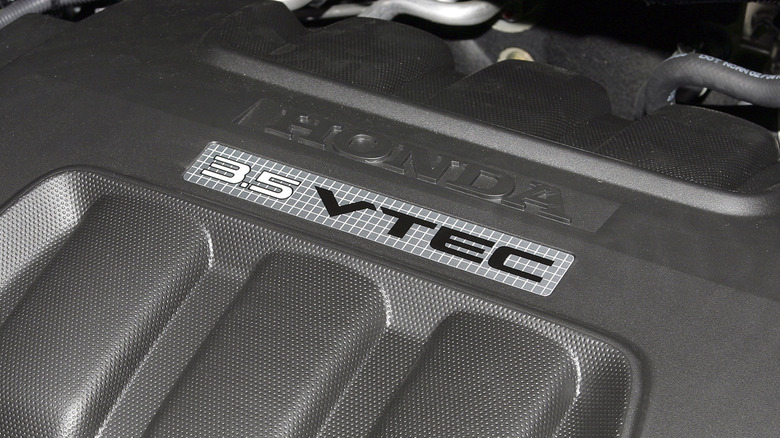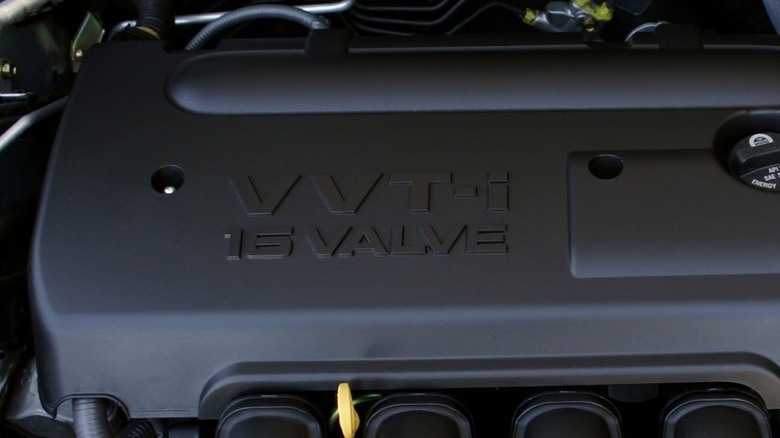Honda's VTEC Vs. Toyota's VVT-I : What's The Difference?
If you happen to look at a Toyota engine cover, you may notice "VVT-i" lettering on the engine, perhaps more recognizable is Honda's "VTEC." Both acronyms describe some form of variable valve timing technology that helps each engine run more efficiently while pumping out more horsepower. However, just because both VVT-i and VTEC accomplish more or less the same thing, it doesn't mean the technologies are identical or really even similar at all.
Toyota's VVT-i stands for "Variable Valve-Timing-intelligent" and first debuted in 1995, according to Toyota technical documents. Honda's VTEC stands for "Variable Valve Timing & Lift Electronic Control." It has been around since 1989 and the Acura Integra was the first car to carry it.
In short, VTEC relies on the individual cams controlling the valves, while VVT-i consists of a system of valves and pulleys to function. While both systems boost performance there are philosophical differences to glean as well. VTEC is focused on power, while VVT-i is geared towards efficiency.
It's all about power and efficiency
VTEC is able to make use of either ends of the RPM range. At lower RPMs, the so-called "low-speed cam" allows for better fuel economy and a more efficient use of energy. When the RPMs kick up, the "high-speed cams" take over and allow more fuel and air to be dumped into the combustion chamber, boosting power. The core philosophy behind VTEC engines right from the start is getting as much power as possible out of a smaller engine. After all, the first VTEC motor only had a displacement of 1.6-liters, yet it made 160 horsepower. That was practically magic in the late 80s, especially since it wasn't turbocharged.
Toyota notes that three different bits of tech work in unison to make VVT-i possible. First, there's the "i" or "intelligent" part. That's the electronic control unit that makes the whole thing tick. Next, the electronic control unit actuates an oil control valve which in turn manipulates a pulley controlling the valves on top of each cylinder. Compared to the first iteration of Honda's VTEC, Toyota's system is markedly more high-tech, if not as exciting as VTEC. Still, Toyota touted that this system resulted in 6% better fuel-economy and upwards of 10-percent better torque, so it clearly works well.

